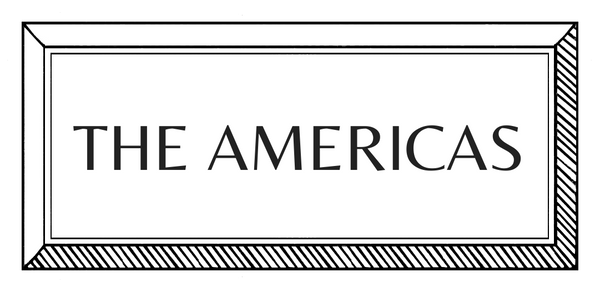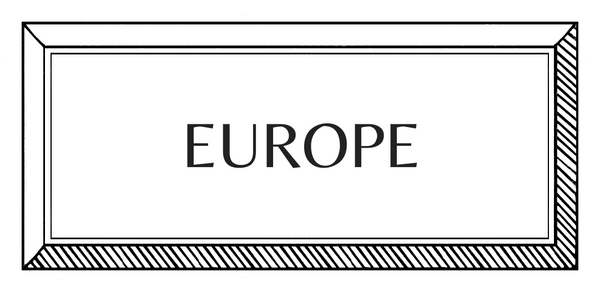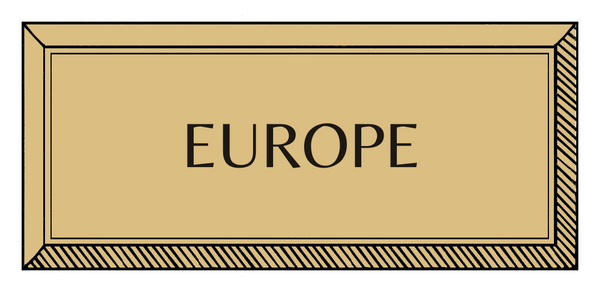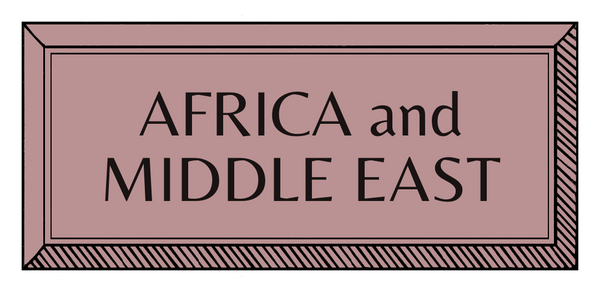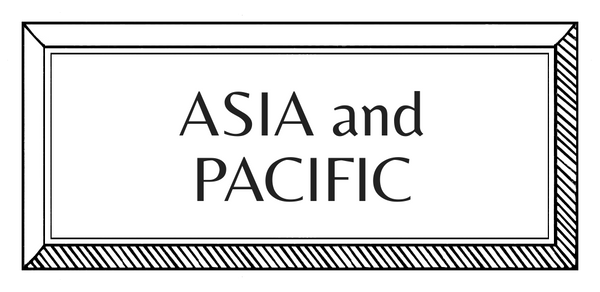MAKERS | ASIA PACIFIC | THAILAND | TEXTILES
Lisa King | Textile Artist

Batik print artist Lisa King bridges Bangkok and London, drawing deeply from nature and her cross-cultural heritage. Her handmade batik collection pays homage to her childhood home, Railay Beach, Thailand. Lisa hand-draws sea-inspired prints inspired by her mother's shell collection. She discusses her craft, her journey through textiles, and how she shares her unique approach through workshops.
How did you begin?
"I grew up in Thailand, born to an Indonesian mother and a British father. My mother was a professional buying agent, sourcing ceramics, silver, and homewares—anything non-garment related—for department stores, design stores, and museum shops in the U.S. I remember running around celadon and weaving factories with her after school or receiving samples of the Dutch dolls she'd made for the Metropolitan Museum's shop at Christmas. I've always loved making things or watching others do so.
"Our home was colourful; Mum was an avid collector of antiques. From Japanese screens to Thai carved cabinets, Afghan rugs, Balinese paintings, and Jim Thompson textiles, she was a designer at heart, though never formally trained. My parents often bought these items directly from the artisans who made them, especially during our travels to visit family in Indonesia or on other regional trips. Mum was a direct link to the fantastic craftspeople in Thailand and Indonesia, and I feel very fortunate to have grown up surrounded by that."

How did you learn?
"At school, I had a brilliant art teacher named Andy Watt, a painter who taught me to observe and draw. I went on to study a foundation course at Chelsea, initially thinking I would become a painter, too. However, I discovered it was quite a solitary pursuit, so I opted for textiles instead. During my B.A. at Central Saint Martins, I was taught by some incredible practising designers—Sarah Wilson, Rebecca Hoyes, Jo Pierce, and Garth Lewis—who taught me to weave, knit, and print, finally specializing in printed textiles.
"My interest in batik grew in the background. I'd experimented with it on occasional family trips to Jakarta, but it wasn't until 2020, when we were based in Krabi, South Thailand, during the lockdown, that I delved into it. The batik practised in Thailand is of the Malaysian style, and I worked at a small studio near our family home on Railay Beach."
How do you plan, prepare and create?
"It's a slow and steady process from start to finish, but it never is! Suppose I have four weeks to create a new body of work; there are usually two weeks of thinking, observing, researching, and visiting museums and galleries—not doing much physically. Then, I like to have physical objects in front of me to draw from—these could be flowers, shells, or bits of pottery I've picked up at a market. I'll go through a process of drawing and painting studies in watercolour. Once I've decided on the colour palette and composition on paper, I'll move onto cloth and recreate that in batik. I then usually work day and night obsessively in my studio until it's complete. Inevitably, the appearance of the artwork changes and abstracts every time you move from medium to medium, but I love that."

Who or what most influences your work?
"I'm lucky to live in a place like London; there's so much going on that you can never be short of inspiration. At the same time, I can shut the door of my studio for a few weeks and draw ideas from my mother's batik archive or reflect on how a certain artist approached their process and apply that to my work. I recently saw Jaime Hayon give a talk at the V&A for LDF; he discussed how he always reimagines traditional techniques in a modern way—and does it so well—which resonated with me. The Yoshida exhibition at the Dulwich Picture Gallery made me think about how you can build colour through layering—in that case, woodblock printing—but how can I push that through batik? Lastly, the Enzo Mari exhibition at the Design Museum showed me that if you document your process very methodically, you can use it as a manual for designing in different disciplines—from furniture to products."
What does a typical day look like?
"I wake up around 6:30 a.m. every morning and try to stretch or go for a cycle before the boys wake up. My son wakes up at 7 a.m. like a tornado; we make breakfast and walk him to nursery through the local cemetery (sounds morbid, but it's so beautiful). After I drop him off, the twenty-minute walk back through the park to the studio gives me some headspace to think about the day ahead, and I get a lot of ideas then. I divide my days between dedicated design and making time, attending meetings, handling business administration, and being a mum! My husband travels a lot for work, so we both have to be flexible around each other so I can end up working evenings and weekends. But if there's time, I love to cook or go for a dance with my Hustling London community."

What are the best and worst things about being a craftsperson?
"The best thing is that I'm practising something that will be a lifelong journey, and it will only get better and more rewarding with time. Also, through my work, I can support and do my bit to preserve an ancient craft and bring it to a new audience. The worst thing is that sometimes I need more time to do it; therefore, I need to progress more because I also have to run a business and make a living!"
One more thing... An artist you'd collect if you could?
"Gosh, so many. For my younger self: anything by Rauschenberg, Egon Schiele, Yoshida Hiroshi's woodblock prints. From my childhood, the Bali painters Rudolph Bonnet, Willem Gerard Hofker, Ida Bagus Nyoman Rai—anything you'd find in the Neka Museum in Ubud. I love Petra Börner, photographer Kasia Wozniak's flowers, and painters Sophia Loeb and Alyina Zaidi."
Interview by Emma Becque
Images from Khaowoat and Antonis Hadjimichael








